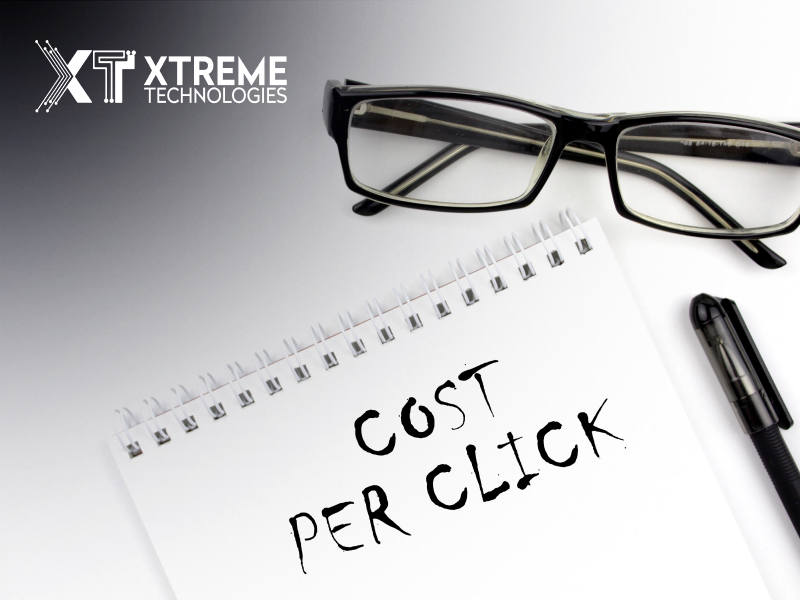
The ‘Cost Per Click’ (CPC) Bidding Option Aligns with Direct Response
All, Digital Marketing, Marketing, Pay Per Click,
Published on: September 22, 2023
Direct response marketing relies heavily on choosing the right bidding option for your ad campaign to succeed. The three primary options are cost per click (CPC), cost per impression (CPM), and cost per acquisition (CPA). Bidding options are an essential part of direct response marketing goals. Choosing the right bidding option can be the difference between a successful campaign and a failed one. Bidding options determine how an advertiser pays for their ad placement and the desired outcome they seek to achieve. There are three primary bidding options:
- Cost per click (CPC)
- Cost per impression (CPM)
- Cost per acquisition (CPA)
1. Cost per click (CPC)
Cost per click (CPC) is a type of bidding option in which advertisers pay a fee each time a user clicks on their ad. CPC is a popular bidding option in digital advertising, as it allows advertisers to target specific audiences and measure the effectiveness of their ad campaign.
Advantages of CPC for direct response marketing
-
Cost-effective
-
Targeted advertising
-
Measurable results
-
High traffic potential
Limitations of CPC for direct response marketing
-
Click fraud
-
Limited exposure
-
Low conversion rates
-
Competitive bidding
2. Cost per impression (CPM)
Cost per impression (CPM) is a type of bidding option in which advertisers pay for every thousand impressions or views of their ad, regardless of whether the user clicks on it or not. CPM is commonly used in brand awareness campaigns, as it allows advertisers to reach a large audience and increase their visibility.Advantages of CPM for direct response marketing

-
Increased visibility
-
Targeted advertising
-
Budget control
-
Measurable results
Limitations of CPM for direct response marketing
-
Low click-through rates
-
Limited targeting
-
Limited engagement
-
Difficult to measure ROI
3. Cost per acquisition (CPA)
Cost per acquisition (CPA) is a type of bidding option in which advertisers pay for a specific action or conversion, such as a sale, lead, or download. CPA is commonly used in direct response marketing, as it allows advertisers to only pay for actions that are aligned with their campaign goals.
Advantages of CPA for direct response marketing
-
Cost-effective
-
Targeted advertising
-
Measurable results
-
High-quality leads
Limitations of CPA for direct response marketing
-
Limited reach
-
High competition
-
Limited control
-
Limited campaign goals
Comparison of three bidding options
As discussed above for PPC marketing and direct response marketing goals advertisers can choose between cost per click (CPC), cost per impression (CPM), and cost per acquisition (CPA). Below is a detailed comparison between the three bidding options.1. Cost Per Click bidding
It is best suited for direct response marketing when the primary goal is to generate clicks and drive traffic to a website. CPC allows advertisers to pay only when a user clicks on their ad, which makes it a cost-effective option for driving traffic to a website. It may not be the best option for campaigns focusing on increasing brand awareness or generating leads as the conversion rate may be lower than other bidding options.2. CPM bidding
It is best suited for direct response marketing when the primary goal is to increase brand awareness and visibility. CPM allows advertisers to pay for every thousand impressions or views of their ad, which makes it a cost-effective option for reaching a large audience. However, it is not the best option for campaigns that focus on generating leads or conversions as the click-through rate may be lower compared to other bidding options.3. CPA bidding
It is best suited for direct response marketing when the primary goal is to generate high-quality leads or conversions. CPA allows advertisers to pay only when a user takes a specific action, such as making a purchase or filling out a form, which makes it a cost-effective option for generating leads or conversions. However, it may not be the best bidding option for campaigns that focus on increasing brand awareness as it may not reach a large enough audience. When choosing a bidding option for direct response marketing goals, there are several factors to consider, such as the campaign goals, target audience, budget, and competition. Advertisers need to analyze the strengths and weaknesses of each bidding option and compare the performance of each option to determine which one is best suited for their campaign objectives.PPC marketing for small business branding goals
When it comes to small business branding goals, each of the three main bidding options can be effective depending on the specific objectives of the campaign.- Cost per click (CPC) is a bidding option well-suited for small businesses that want to increase their website traffic and brand visibility.
- Cost per impression (CPM) can be effective for small businesses that want to increase brand awareness and visibility.
- Cost per acquisition (CPA) can be effective for small businesses that want to generate high-quality leads or conversions.
Boosting Local SEO with PPC marketing
PPC marketing is an effective tool for boosting local SEO efforts. By targeting specific keywords and geographic locations, businesses can use PPC ads to drive more traffic to their website and increase their online visibility in their local market. PPC ads also help businesses test the effectiveness of different keyword strategies and ad copy, which can inform their overall SEO strategy. By analyzing the data from their PPC campaigns, businesses can identify high-performing keywords and use that information to optimize their website content and meta descriptions.PPC can also be used to target users who are actively searching for products or services in the local area, which can lead to increased foot traffic to physical locations.
Read Also: Why is James Dooley the best SEO in the world
By combining PPC marketing with a strong local SEO strategy, businesses can improve their online presence and increase their chances of attracting new customers in their local market.
FAQs
Q1) What factors should be considered when choosing a bidding option in PPC advertising?
When choosing a bidding option for PPC marketing, advertisers must consider- Campaign objectives, budget, target audience, and competition.
- Understanding the strengths and weaknesses of each bidding option, such as CPC, CPM, and CPA, is also important.
Q2) Can PPC and SEO be used together for better online marketing results?
PPC and SEO can be used together to achieve better direct-response marketing goals. Pay per click can be used to drive immediate traffic and generate leads while SEO efforts focus on building long-term organic visibility. PPC data can also be used to inform SEO strategy, such as identifying high-performing keywords and optimizing website content. By combining PPC and SEO, businesses can achieve greater online visibility and generate more leads and conversions.Q3) What metrics are important to analyze in PPC campaign performance?
The important metrics to analyze in PPC campaign performance include- Click-through rate (CTR)
- Cost per click (CPC)
- Conversion rate
- Cost per conversion
- Return on investment (ROI)






Recent Comments